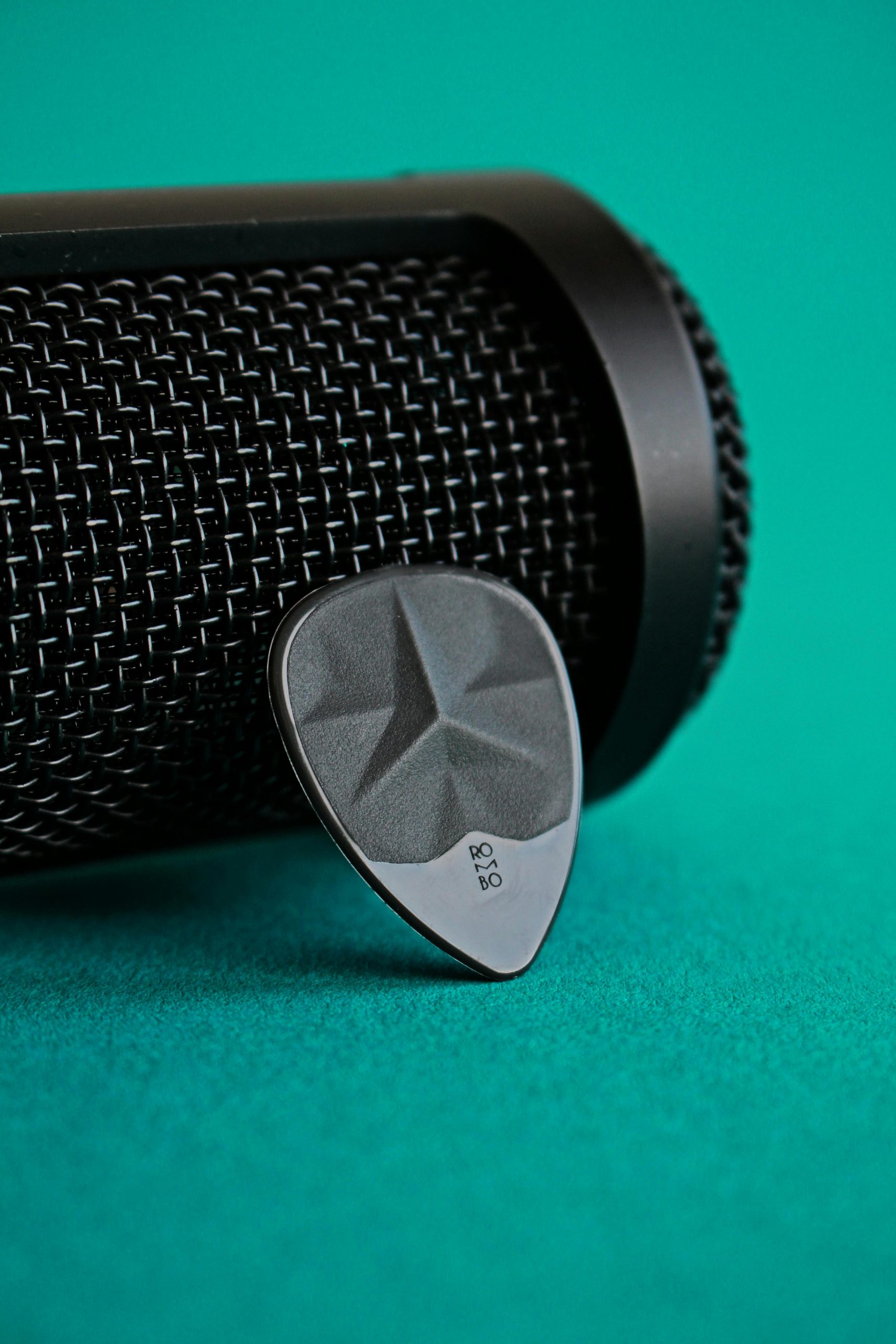Effective Strategies to Prevent Speaker Output from Interfering with Microphone Input in Web Applications
Creating interactive web applications that respond to voice commands is an exciting frontier in user experience design. However, a common challenge faced by developers is preventing the app’s own audio output from being picked up by the microphone, which can cause unintended activations or degraded speech recognition accuracy.
The Challenge: Audio Loopback and Interference
Imagine building an app that plays audio clips and allows users to control playback using voice commands. You might use speech detection tools like Picovoice.ai for real-time voice recognition. While this setup works well in quiet environments, it can become problematic when the application itself is producing sound: the microphone may pick up the output audio, creating false positives or making voice detection less reliable.
This issue is particularly noticeable when users need to speak softly or when background audio levels are high. In scenarios like video conferencing platforms such as Google Meet, users observe that their microphone doesn’t pick up the speaker audio, creating a seamless experience. The question is: how do these platforms achieve such noise suppression and eliminate speaker output from microphone input?
Strategies for Preventing Speaker Output from Being Picked Up by the Microphone
Developers and engineers employ a combination of hardware and software techniques to minimize or eliminate feedback:
1. Use of Directional Microphones and Hardware Configurations
-
Hardware Solutions: Many high-end microphones are directional (e.g., cardioid or hypercardioid), focusing on capturing sound from specific directions and rejecting sounds from others. Using such microphones can help reduce the pickup of speaker output.
-
Professional Audio Setup: In professional environments, separate channels for playback and microphone input can be used, sometimes with physical barriers or specific placement to prevent sound bleed.
2. Software-Based Noise Suppression and Acoustic Echo Cancellation (AEC)
-
Acoustic Echo Cancellation: Modern communication platforms incorporate sophisticated algorithms that identify and cancel out echoes of played audio from the microphone input. This prevents the speaker output from being echoed or detected as a voice input.
-
Noise Suppression: Additional noise suppression techniques help filter out unwanted sounds, including the application’s own audio playback.
-
Implementation in Web Apps: Many WebRTC-based applications and APIs offer features like AEC and noise suppression, which can be enabled via media constraints when accessing user media devices. For instance:
“`javascript
navigator.mediaDevices.getUserMedia({
audio: {
echoCancellation

